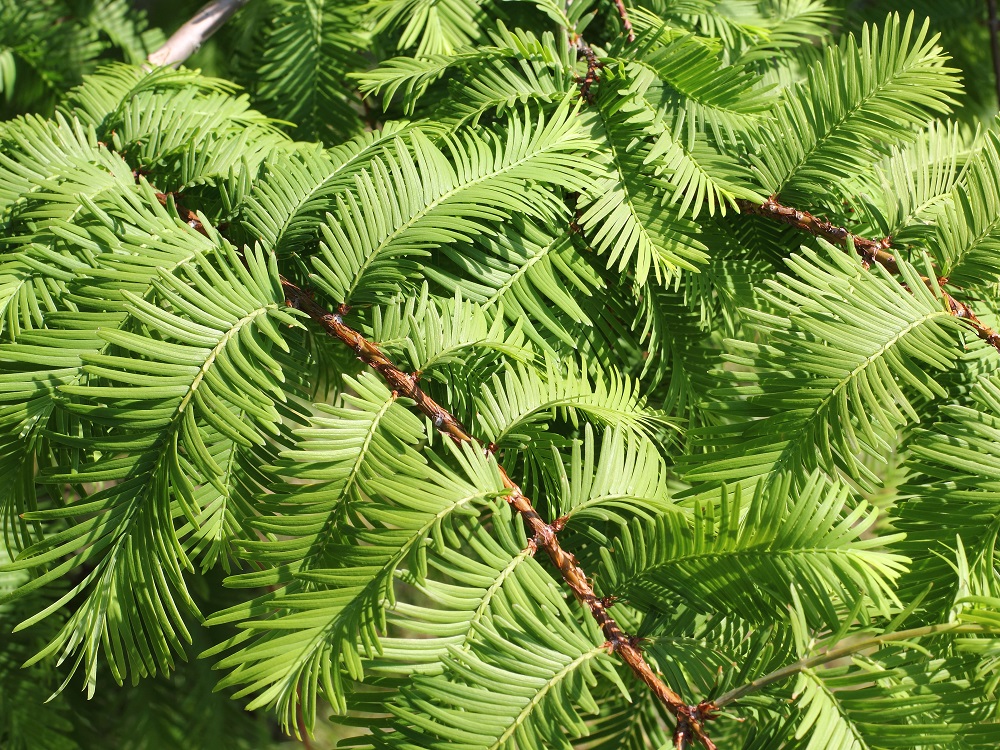Metasequoia
Common Name:
Dawn Redwood

General Information:
Metasequoia is a genus of one species of deciduous, monoecious, coniferous tree from valley forests of Central China. Metasequoia had been described from fossils by the Japanese but was believed to have been extinct until a small grove was discovered growing in Central China in 1941. Seeds were then introduced to the rest of the world where the Metasequoia tree has spread rapidly through cuttings.
The Dawn Redwood has 2 ranked, flattened needle like leaves 1-3.5cm long that are a pale green turning to red in the Autumn. Particularly admired for its thick, fibrous, orange-brown bark. Can reach heights of 40 meters when mature.
Bonsai cultivation notes
Position:
Full sun. Fully hardy.
Feeding:
Fortnightly through the Spring and summer after new leaves appear.
Repotting:
Every second year when buds extend, repot in basic soil mix, this tree will benefit from inorganic matter in its soil mix as too dry a mix will slow growth. However still allow for good drainage.
Pruning:
A very vigorous tree, continually pinching out is required throughout the year.
Propagation:
Sow seed in Autumn. Hard-wood cuttings in winter, semi-ripe wood cuttings in mid-summer.
Pests and diseases:
None
Styles:
Best suited to formal upright styles either with single or multiple trunks. Also group plantings. All sizes.
Their are three distinct species, two of which hold a record. The Coast Redwood (Sequoia sempervirens), holds the record for the tallest tree in the world, at about 112m (360+ feet). The foliage resembles that of the Yew having flat needles.
The Giant Sequoia (Sequoiadendron giganteum), a.k.a the Wellingtonia, after the Duke of Wellington, has more Juniper like foliage, holds the record of being the largest living thing on the planet.
The Third of the redwoods, the Dawn Redwood (Metasequoia glyptostrobides), also has flat needle like foliage.
All three will make excellent bonsai their cultural and training needs are identical, needing an open loamy soil, perhaps a bit less grit in the compost
